Date: 16 February 2012
The technology group is already present with ten plants in this region, one of which is based in Suzhou, China.
The international technology group SCHOTT will be seeking to defy the slowdown in economic growth with the help of its strong core businesses, continued innovations and stronger presence in Asia in 2012. “We are in a good position to be able to achieve a modest increase in sales in fiscal year 2011/2012. We generate well over half of our sales in areas in which we rank among the world’s leaders. This will provide us with many promising opportunities in our markets, even though the environment is quite difficult at the moment,” Prof. Udo Ungeheuer, Chairman of the Board of Management, noted at the annual results press conference.
In fiscal year 2010/2011 (October 1, 2010, - September 30, 2011), the weakening of the global economy that first surfaced in the 3rd quarter had a negative impact on business, particularly due to the fact that SCHOTT generates almost 80 percent of its sales outside Germany. Nevertheless, the company managed to increase its sales by 1 percent to €2.88 billion, thanks mainly to its broad product portfolio. “We are quite pleased with this increase in sales. After all, we had to go up against an excellent previous year in which we increased our sales by 26 percent,” Ungeheuer added.
Annual net profit reached €109 million and was thus even higher than last year (€108 million). The group invested €140 million in tangible assets (2010/2011: €181 million), somewhat more than half of which was spent in Germany. The company had 17,180 employees as of the September 30, 2011, balance sheet date, (2009/2010: 17,450). Compared to the previous year, the company increased its expenditures on research and development by 8 percent to €106 million, to establish the prerequisites for further growth.
The development of the individual divisions varied in the fiscal year that just ended. Electronic Packaging, Pharmaceutical Systems and Advanced Materials were among the units that experienced growth. Sales at Home Tech were lower than last year due to a large order that was filled on schedule. The Photovoltaics business was impacted by significant excess capacity in the marketplace and continued price erosion. Nevertheless, SCHOTT still managed to increase its sales of photovoltaic modules by a double-digit percentage.
Core businesses to continue to grow
In fiscal year 2011/2012, the company expects to see its core businesses for the most part drive growth. These include the Home Tech division with its strong brands “Ceran” glass-ceramic cooktop panels and “Robax” fireplace viewing panels, but also the Pharmaceutical Systems division with “Fiolax” special glass tubing and pharmaceutical packaging. The new pharmaceutical packaging plants in Argentina and Russia that were put into operation only last year are also expected to contribute to growth. Manufacturing capacities will be expanded in India in 2012 when a new plant is put into operation, but also through a joint venture together with a leading local manufacturer of pharmaceutical packaging in China. SCHOTT ranks among the world’s leaders in this field with the more than 7 billion syringes, ampoules, vials and cartridges it manufactures each year.
The topic of “green products” is also becoming increasingly important. Here, the SCHOTT product line already includes a number of products that are manufactured without using arsenic and antimony as additives. Furthermore, with “Ceran Hightrans” Eco, the company ranks as a pioneer when it comes to environmentally friendly manufacturing of black glass-ceramic cooktop panels. By being recognized with the “German Innovation Award 2010” and ranking among the top 3 in the “German Sustainability Award 2011” competition, “Ceran” received public recognition for the development and realization of innovative and environmentally friendly technologies.
The Photovoltaics division continues to harbor uncertainties. By withdrawing from manufacturing of wafers and cells, SCHOTT recently disassociated itself from levels of the value creation chain that are no longer profitable in order to be able to concentrate on its module and project business that are closer to the market. These activities will now concentrate on manufacturing premium-quality solar modules that have long been known for their high quality and durability, but also on planning, marketing and operating large-scale photovoltaic plants. Specific projects have either already been completed or are still underway in Germany, France, Greece and Thailand, among other regions. The company plans to continue its research work on new, high-efficiency technologies for monocrystalline wafers, cells and solar modules. In fact, the results are already being put to use in high-performance modules that will be launched in the first half of 2012.
Besides innovations in the area of photovoltaics, SCHOTT also sees excellent prospects for its newly introduced, extremely hard display glass “SCHOTT Xensation” Cover that can be used in smartphones and tablet PCs, for example. Today, roughly 40 percent of all mobile communications devices are already equipped with a touchscreen and the trend continues to point upwards with double-digit annual growth. The company also expects its new, high-purity glass fiber “Puravis” to grow to become an important source of revenue. “With this innovation, we raise the bar in the area of optical glass fibers for use in medical and industrial applications much higher than it ever has been before,” Ungeheuer said. SCHOTT also sees potential in other innovations, including a series of new optical glasses for use in measurement and medical technology, but also fireplace viewing panels that can now be bent by up to 90° to enable undisturbed viewing of the fireplace from virtually anywhere in the room, for instance.
Strengthening of Asian business and high investment spending planned
SCHOTT expects to see growth impulses for its business come mainly from Asia in 2012. The economic growth in this region, and China, in particular, is considerably higher than in Europe and North America. SCHOTT already has ten manufacturing sites and twelve sales companies in Asia that currently employ a staff of 3,000. Asia already managed to increase its share of group sales to 23.9 percent in fiscal year 2010/2011. This figure should rise to more than 25 percent this fiscal year. Ungeheuer views this development as confirmation of the company’s long-term growth strategy in this region with a strong focus on Japan, China and India.
SCHOTT plans to keep its investments in tangible assets at a high level in fiscal year 2011/2012 as well. €170 million in global spending is already planned. The main focus will be on the group divisions Pharmaceutical Systems, Home Tech and Optics.


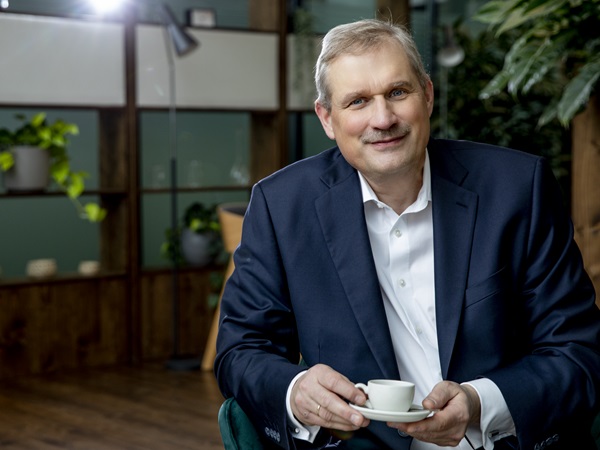
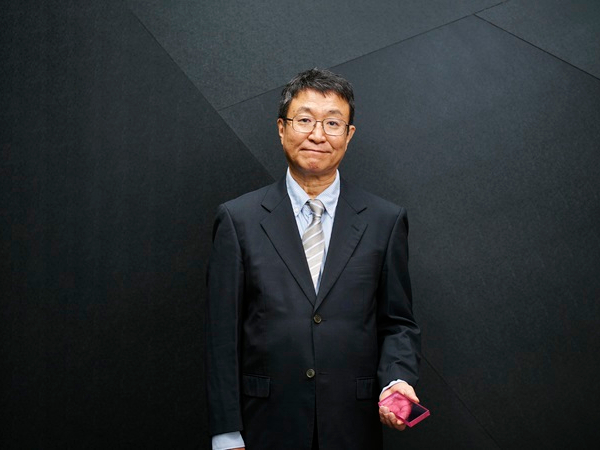
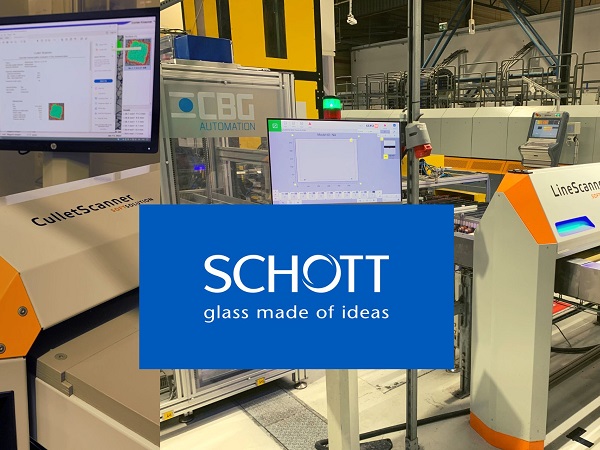
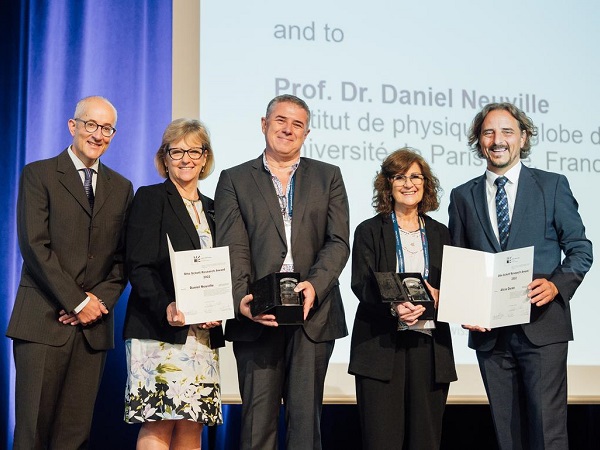
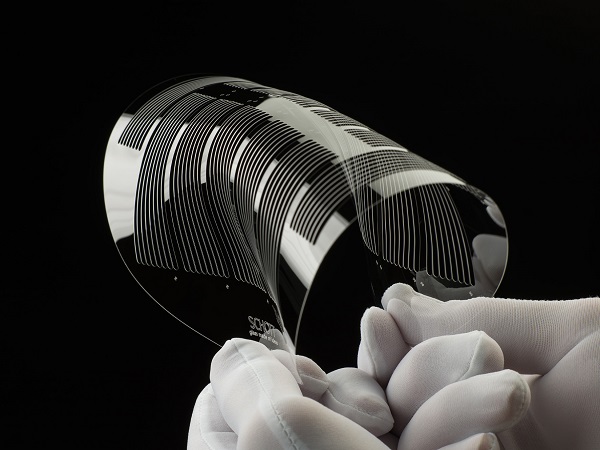
Add new comment